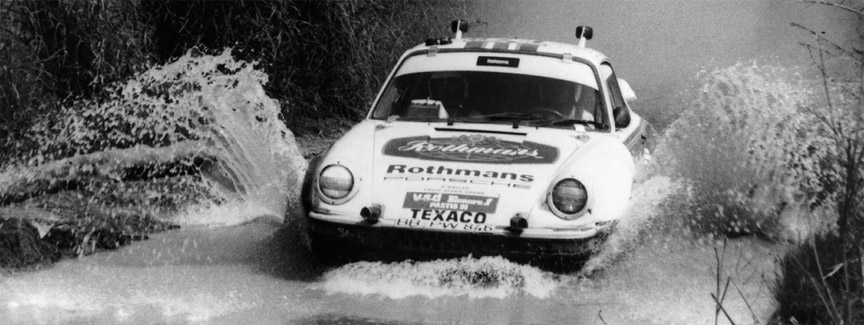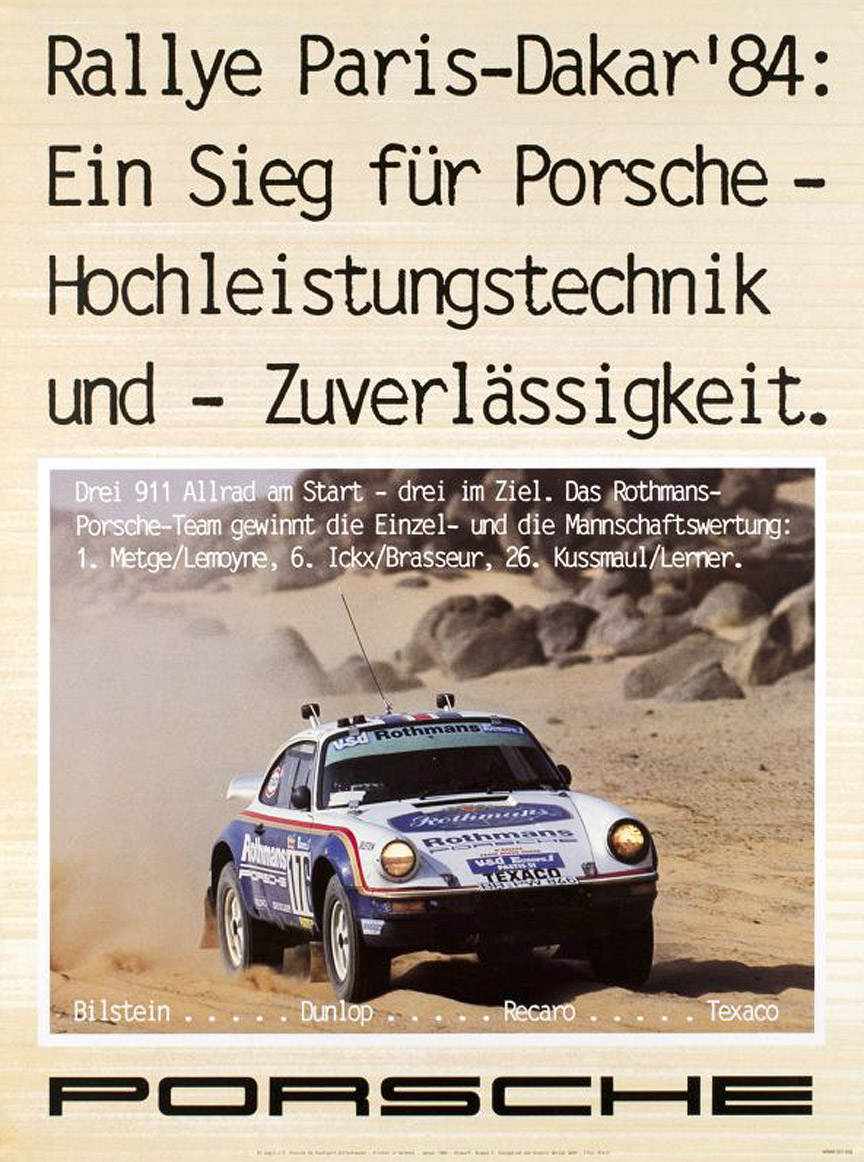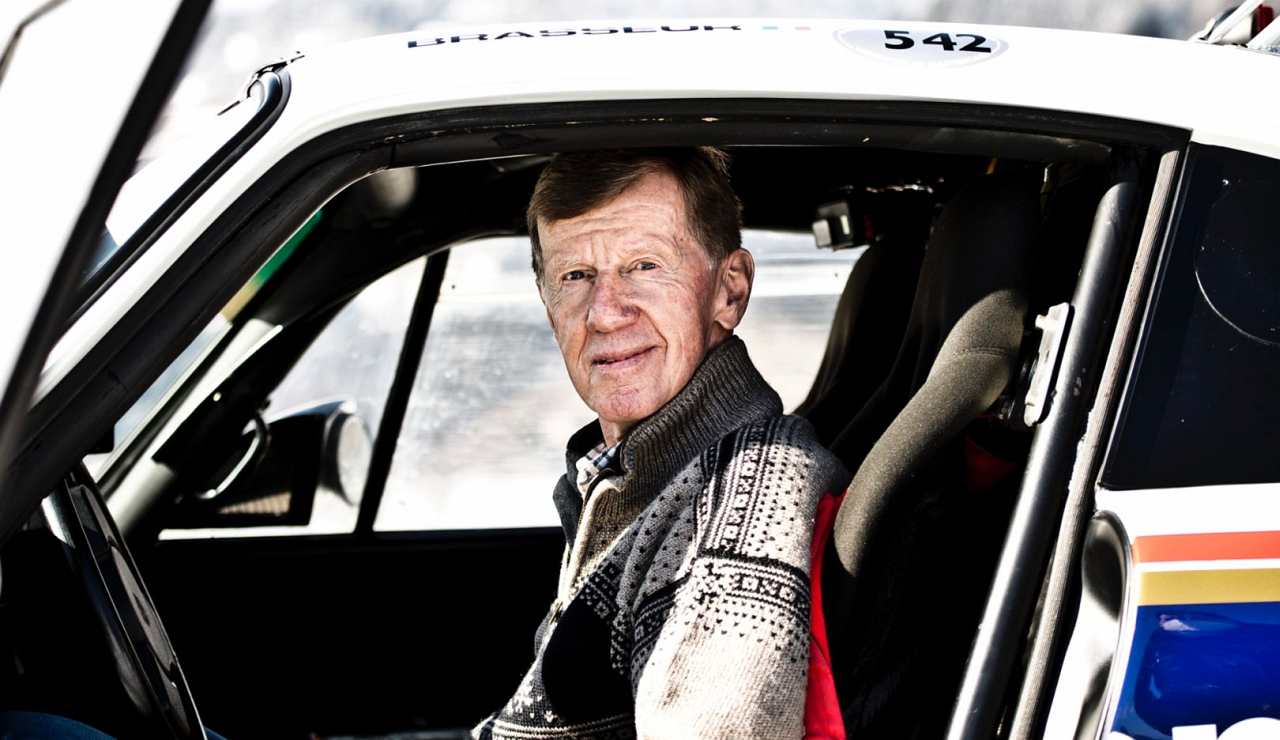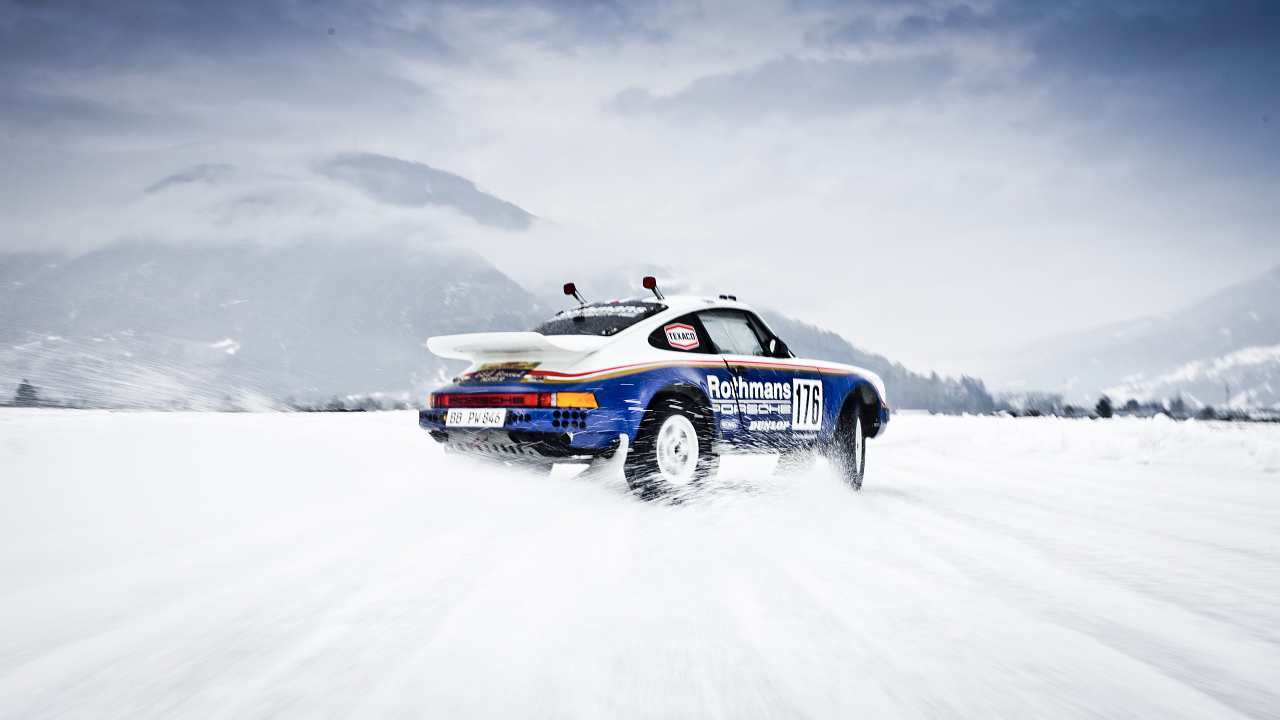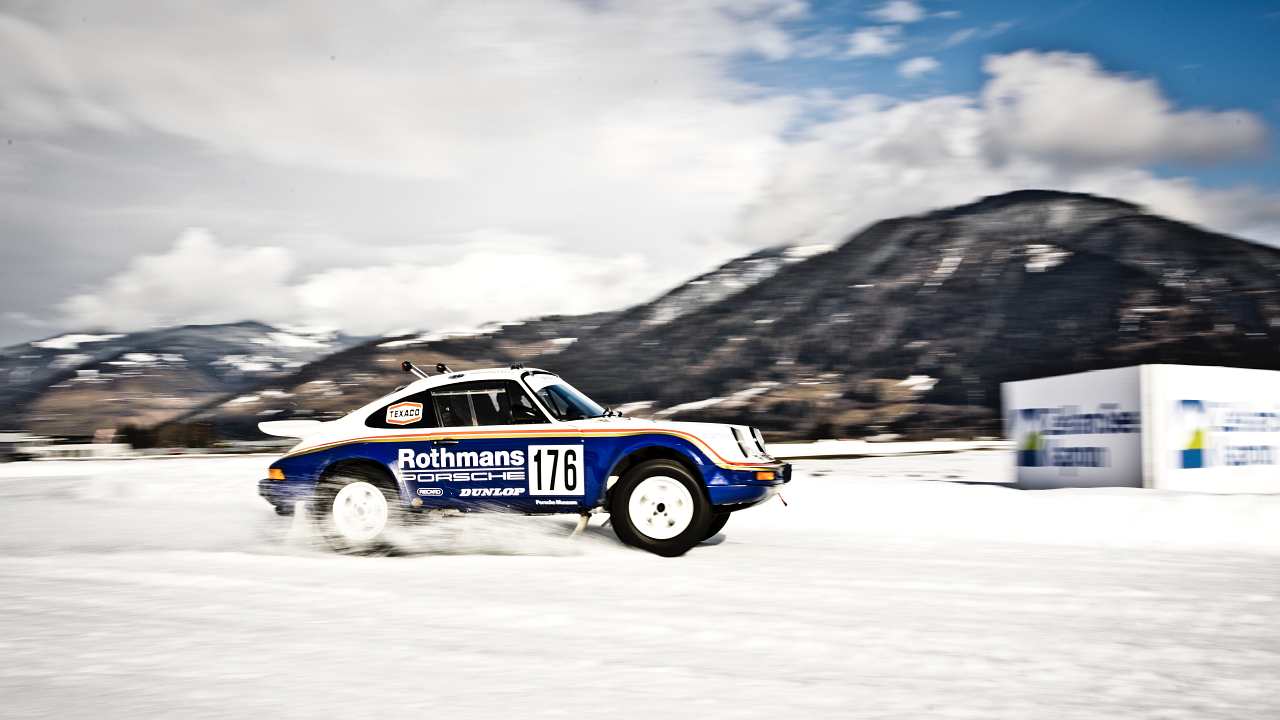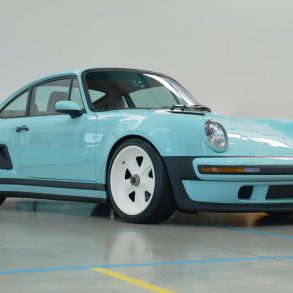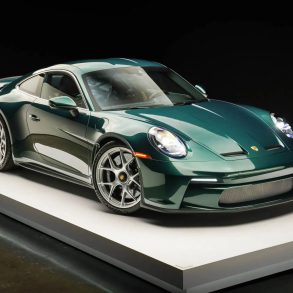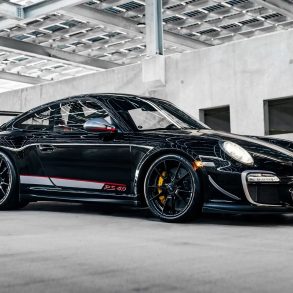1984 Porsche 953 – The Ultimate Guide
Also Known As: Porsche 911 Carrera SC 3.2 4×4 ‘Paris Dakar’
The Porsche 953 ranks as one of the finest off-roaders Porsche has ever made. The Porsche 953 was a heavily modified variant of the 911, designed and built specifically to compete in the 1984 Paris–Dakar Rally. Just a year later, it was replaced by the 959. But despite its brief run, it still managed to make quite the impression. Built around a massively enhanced suspension and a supremely powerful 300 bhp (224 kW), 6-cylinder engine, the 953 was a superb example of how Porsche was capable of delivering way more than nimble sports cars… something that, at the time, very few people would have believed possible.
The 953 was driven by Jacky Ickx in the Paris-Dakar rally in 1984. Birthed on the cusp of the 911 SC/3.2 Carrera transition, the 953 features a version of the Carrera’s engine paired with a mechanical 4WD system that later saw use under the first batch of Dakar 959s.
Debuting after the Group B concept car but before the 959, the 953 is from an era when Porsche found itself in flux. The 911 itself had remained rather static since the 1974 introduction of impact bumpers, seeing only powertrain improvements and marginal refinement. The complex Porsche 928 hadn’t become the 911 replacement the company had initially hoped it would be. The no-expense-spared tech-fest Porsche 959 had yet to set the tone for the following decade of 911 development. Porsche didn’t exactly know what sort of company it was in 1984, though its motorsport division was on fire, with lots of victories in the Porsche 956, a streak it continued with the all-conquering 962 that arrived at the end of the year.
It was a short lived model, as it was replaced in 1985 by the 959. It is sometimes referred to as the 911 4×4 or Carrera SC 3.2 4×4 ‘Paris Dakar’, as it used the developmental, manually controlled four-wheel drive system that was intended to be used on the 959. T
The 953 is based on the Porsche 911 G-series and features a 3.2-litre six-cylinder with lower compression to handle lower-grade fuel. The real difference, however, lies further down the line: At the heart of the 953 is a new all-wheel-drive system that transfers power to the front and rear axles in a 31:69 ratio. The vehicle also has a manually lockable centre differential. Travelling on this extremely enhanced suspension, it produced 300 bhp (224 kW) and weighed in at 2,750 lb (1,247 kg). It was extremely successful.
For the 14,000-kilometre route through some of the toughest and most inhospitable regions on earth, Porsche also increased the suspension travel to 270 millimetres and fitted a double wishbone suspension with two shock absorbers at the front and a reinforced axle with additional coil springs at the rear. The body was massively reinforced with a welded-in steel cage. The doors, roof, front mudguards and all windows except the windscreen were made of polycarbonate (plastic) to save weight. Since enormous distances have to be covered every day in the Paris-Dakar, Porsche’s engineers also installed a 120-litre fuel tank in the boot at the front and an additional 150-litre tank behind the driver’s seat.
French rally veterans René Metge and his co-driver Dominique Lemoyne drove the radically new 911 to victory on its first appearance – marking the first time in the history of the Paris-Dakar that a sports car won this marathon. Their team-mates Jacky Ickx and Claude Brasseur found themselves in 139th place after a cable fire, but they were ultimately able to fight their way up to sixth place thanks to the 953’s speed and other outstanding qualities.
Three of them were entered into the 1984 Paris-Dakar Rallye held from January 1st to 20th. One of the cars won the race. There had been a few 4WD cars in the history of Porsche already since 1900, but 4-wheel-drive concept wasn’t seriously used before the 911 Carrera 3.2 4×4 aka Porsche 953, which is why it is even more exciting a feat. All three 953s that took part all finished the cruel 11.000 km rally. Some sources say, not all of them were 3.2-litre cars. The 3.2-litre unit in the winning car had 5 kW less than the production version because the compression ratio was lowered due to lower quality gasoline available in Africa. The car carried an astonishing 270 litres of fuel on board (120 litre tank in front luggage compartment and 150 litre tank behind the seats). The list of Porsche teams looked like this:
- #175 Jacky Ickx / Claude Brasseur (finished 6th)
- #176 René Metge / Dominique Lemoyne (winners)
- #177 Rene Kussmaul / Erich Lerner (finished 26th)
In addition to the overall victory, Porsche won also in the teams category.
